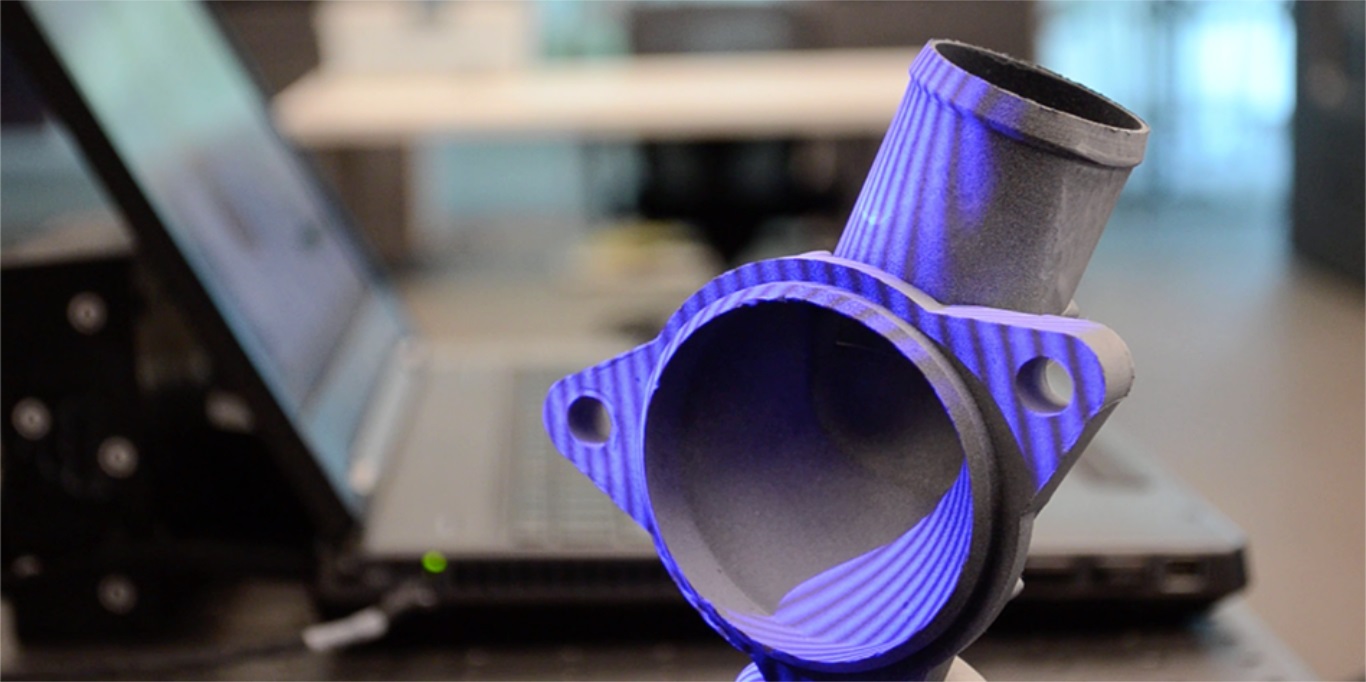
Reverse Engineering
Reverse engineering allows the duplication of an existing part in capturing the physical dimensions of the component, the characteristics and properties of materials. Before attempting to reverse engineer a well-planned life cycle and cost / benefit analysis should be performed to justify the reverse engineering projects. Reverse engineering is generally profitable only if the elements to reverse engineer an investment will be high or reproduced in large quantities. Reverse Engineering a party may be tempted, even if it is not profitable, if the room is absolutely necessary and is mission critical to a system.
Reverse engineering can be considered as the process of analyzing a system to Identify system components and their interrelationships Create representations of the system in another form or a higher level of abstraction and Create the physical representation of this system Reverse engineering is very common in fields as diverse as, automotive, consumer products, electronics and mechanical design
Necessities of reverse engineering
- The original manufacturer of a product no longer produces a product
- There is inadequate documentation of the original design
- The original manufacturer no longer exists, but a customer needs the product
- The replacement part is needed
- Some bad features of a product should be designed out. For example, excessive wear could indicate whether a product should be improved
- To strengthen the good characteristics of a product based on the long-term use of the product
- To analyze the characteristics of good and bad competitors products
- To explore new avenues to improve product performance and functionality
- To win the methods of benchmarking competitive products to understand and develop better products
- The original CAD model is not enough to make any changes or current manufacturing methods
- The home provider is unable or unwilling to provide additional rooms
- The original equipment manufacturers are either unwilling or unable to provide spare parts, or the cost of inflated demand for single source parts
- To update obsolete materials or antiquated manufacturing processes with more current, less expensive technology
